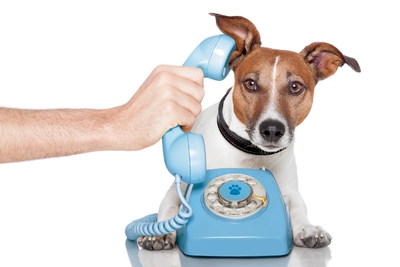Everyone’s into conversations these days … on Twitter, Tumblr, Facebook, even the network-able LinkedIn.
 At least on the agency and client front, the latest dialogue is all about engaging consumers with the brand, creating occasions and ongoing events that encourage an exchange relationship. Proponents point to real-time communications – on the Web (e.g., McDonald’s Our Food, Your Questions), through the Twitter-sphere (cf. Oreos celebrating lights-out or saluting different demographics) – in the same places we as consumers meet our friends and colleagues. In short, brands are people too … in this anthropomorphic perspective.
At least on the agency and client front, the latest dialogue is all about engaging consumers with the brand, creating occasions and ongoing events that encourage an exchange relationship. Proponents point to real-time communications – on the Web (e.g., McDonald’s Our Food, Your Questions), through the Twitter-sphere (cf. Oreos celebrating lights-out or saluting different demographics) – in the same places we as consumers meet our friends and colleagues. In short, brands are people too … in this anthropomorphic perspective.
Here comes our heresy: Pardon us if we have a difficult time envisioning when, exactly, we’d talk with a brand. Do we want them to advise us on our shopping habits, our love lives, the ways we conduct our business? Is it important that we dub brands as our next best friends? [Except for the times when we’re disappointed in service or need/want additional information.] A brand is simply that: an inanimate object that, often today, is given human attributes, emotions, and interests. Most consumers, we hope, would know that their brand relationship is actually staffed by real people who work for a real corporation; every time we go to a Web site or email about an issue, an individual, not the brand, responds. [Or usually does. There are times … ]
What we want in an engagement with a brand is something of value. It could be relevant information that helps us work smarter, better, faster. Or an app that saves time and money or answers critical questions. In other instances, it might be a way to express ourselves quickly, as in “likes” and “shares.” And a split-second of laughter that might lighten our mood. Even an unknown “something” that will, some day, add to our lives.
We talk every day, with our clients, our friends, our colleagues, our family. Do we truly need to engage in that kind of talk with a brand?
